In distributed systems, message queues (Message Queues) are a common mechanism used to coordinate communication between various components. Message queues can decouple the interdependencies between components in a distributed system through asynchronous message delivery. Redis is a popular open source caching system that can also be used as a message queue. In this article, we will introduce the application examples of Redis in message queue.
1. Basic introduction to Redis as a message queue
Redis supports publish/subscribe (Pub/Sub) mode messaging, in which the publisher sends messages to a channel (Channel), and all subscribers subscribe to the channel All clients will receive this message. Redis's Pub/Sub supports multiple clients in a single process, as well as message passing between multiple processes. At the same time, Redis also provides extended functions such as "publish/subscribe message mode change notification".
In order to use Redis as a message queue, we can use the Pub/Sub mode to publish and subscribe to messages, and use Redis List to save pending messages. In general, the steps to use Redis as a message queue are as follows:
- The publisher (Producer) pushes the message to the designated channel (Channel) of Redis.
- Consumer subscribes to the channel, and after receiving the message on the channel, it takes out the message and processes it.
- Redis List saves pending messages.
- You can use various data structures provided in Redis for message processing.
2. Practical application of Redis in message queue
2.1 Asynchronous communication in distributed system architecture
In distributed system architecture, different services may use different Develop with a technology stack or programming language, so an asynchronous communication mechanism needs to be used to coordinate communication between various services. Through the Pub/Sub mode of Redis, each service can easily push messages to different channels, and these messages can be processed by the corresponding subscribers. By using the Redis message queue, various services can be prevented from interfering with each other while reducing the burden on the entire system.
2.2 High availability of subscriber services
When dealing with subscriber services (for example: consumer services), sometimes downtime or exceptions may be encountered, resulting in a backlog of message queues in the entire system, affecting System operating efficiency. In order to solve this problem, you can use Redis's List data structure to implement the message queue, so that the consumer service can take turns processing the message queue in Redis. This way, even if a single consumer service stops working, the entire system does not stop functioning.
2.3 Remote Procedure Call
In addition to Pub/Sub mode, Redis also supports Remote Procedure Call (RPC). Through RPC remote calling, the server can directly access the data on Redis without having to communicate through the network. This greatly reduces network latency and improves the efficiency of data access.
3. Limitations of Redis
Compared with other popular message queues (such as Kafka and RabbitMQ), the application scenarios of Redis in message queues are relatively limited. Redis's message queue service is limited by memory size. In comparison, Kafka and RabbitMQ have better capacity scalability. Additionally, because Redis processes data very quickly, Redis may experience performance issues due to high CPU usage when reading and writing large amounts of data. Therefore, when you use Redis as a message queue, you need to carefully choose the data storage method and data structure to avoid this problem.
4. Conclusion
As a caching system that supports publish/subscribe mode, Redis can be easily applied to message queue services in distributed systems. By using Redis, communication between services can become more efficient and reliable. In actual applications, it is necessary to flexibly select the data structure in Redis based on comprehensive considerations such as business needs and system performance to achieve better performance and availability.
The above is the detailed content of Application examples of Redis in message queue. For more information, please follow other related articles on the PHP Chinese website!
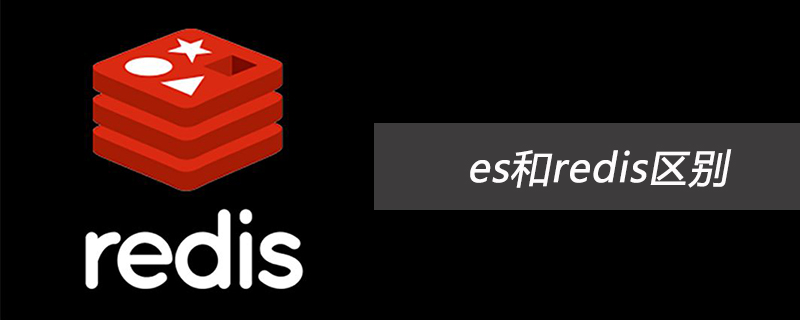 es和redis区别Jul 06, 2019 pm 01:45 PM
es和redis区别Jul 06, 2019 pm 01:45 PMRedis是现在最热门的key-value数据库,Redis的最大特点是key-value存储所带来的简单和高性能;相较于MongoDB和Redis,晚一年发布的ES可能知名度要低一些,ES的特点是搜索,ES是围绕搜索设计的。
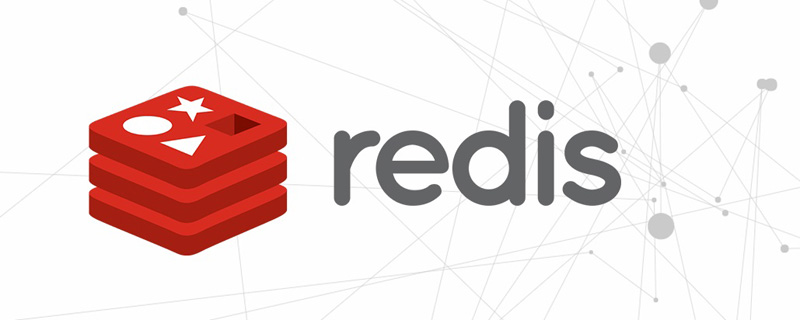 一起来聊聊Redis有什么优势和特点May 16, 2022 pm 06:04 PM
一起来聊聊Redis有什么优势和特点May 16, 2022 pm 06:04 PM本篇文章给大家带来了关于redis的相关知识,其中主要介绍了关于redis的一些优势和特点,Redis 是一个开源的使用ANSI C语言编写、遵守 BSD 协议、支持网络、可基于内存、分布式存储数据库,下面一起来看一下,希望对大家有帮助。
 实例详解Redis Cluster集群收缩主从节点Apr 21, 2022 pm 06:23 PM
实例详解Redis Cluster集群收缩主从节点Apr 21, 2022 pm 06:23 PM本篇文章给大家带来了关于redis的相关知识,其中主要介绍了Redis Cluster集群收缩主从节点的相关问题,包括了Cluster集群收缩概念、将6390主节点从集群中收缩、验证数据迁移过程是否导致数据异常等,希望对大家有帮助。
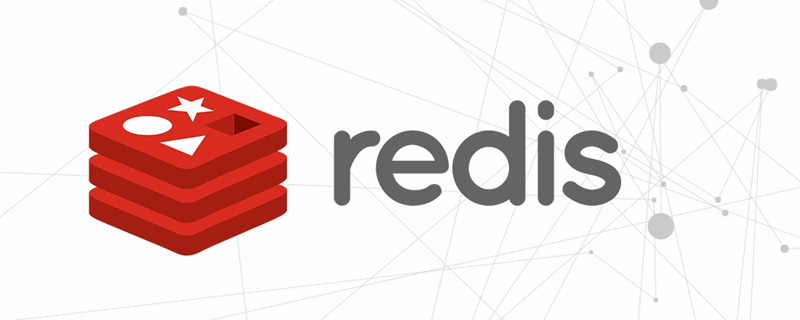 Redis实现排行榜及相同积分按时间排序功能的实现Aug 22, 2022 pm 05:51 PM
Redis实现排行榜及相同积分按时间排序功能的实现Aug 22, 2022 pm 05:51 PM本篇文章给大家带来了关于redis的相关知识,其中主要介绍了Redis实现排行榜及相同积分按时间排序,本文通过实例代码给大家介绍的非常详细,对大家的学习或工作具有一定的参考借鉴价值,希望对大家有帮助。
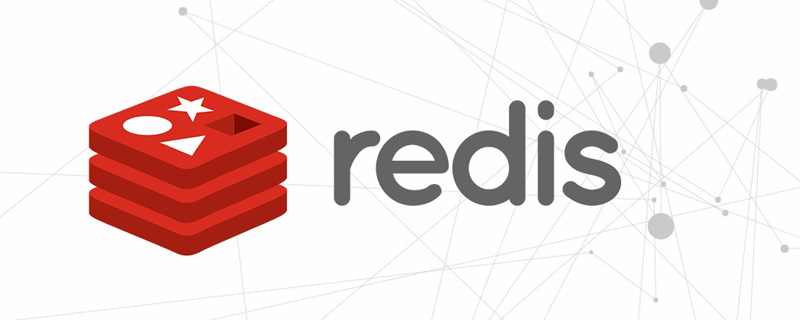 详细解析Redis中命令的原子性Jun 01, 2022 am 11:58 AM
详细解析Redis中命令的原子性Jun 01, 2022 am 11:58 AM本篇文章给大家带来了关于redis的相关知识,其中主要介绍了关于原子操作中命令原子性的相关问题,包括了处理并发的方案、编程模型、多IO线程以及单命令的相关内容,下面一起看一下,希望对大家有帮助。
 实例详解Redis实现排行榜及相同积分按时间排序功能的实现Aug 26, 2022 pm 02:09 PM
实例详解Redis实现排行榜及相同积分按时间排序功能的实现Aug 26, 2022 pm 02:09 PM本篇文章给大家带来了关于redis的相关知识,其中主要介绍了Redis实现排行榜及相同积分按时间排序,本文通过实例代码给大家介绍的非常详细,下面一起来看一下,希望对大家有帮助。
 一文搞懂redis的bitmapApr 27, 2022 pm 07:48 PM
一文搞懂redis的bitmapApr 27, 2022 pm 07:48 PM本篇文章给大家带来了关于redis的相关知识,其中主要介绍了bitmap问题,Redis 为我们提供了位图这一数据结构,位图数据结构其实并不是一个全新的玩意,我们可以简单的认为就是个数组,只是里面的内容只能为0或1而已,希望对大家有帮助。
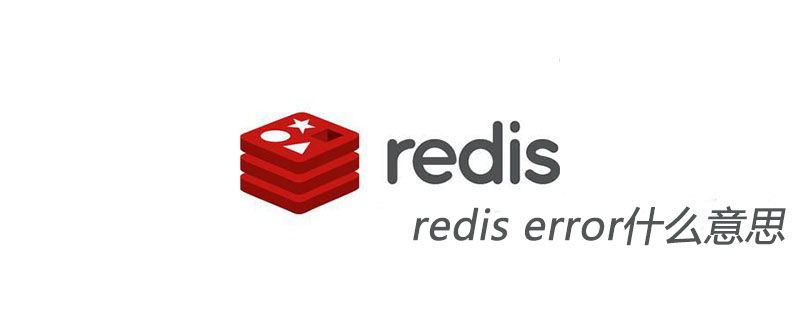 redis error什么意思Jun 17, 2019 am 11:07 AM
redis error什么意思Jun 17, 2019 am 11:07 AMredis error就是redis数据库和其组合使用的部件出现错误,这个出现的错误有很多种,例如Redis被配置为保存数据库快照,但它不能持久化到硬盘,用来修改集合数据的命令不能用。


Hot AI Tools

Undresser.AI Undress
AI-powered app for creating realistic nude photos

AI Clothes Remover
Online AI tool for removing clothes from photos.

Undress AI Tool
Undress images for free

Clothoff.io
AI clothes remover

AI Hentai Generator
Generate AI Hentai for free.

Hot Article

Hot Tools

EditPlus Chinese cracked version
Small size, syntax highlighting, does not support code prompt function

Safe Exam Browser
Safe Exam Browser is a secure browser environment for taking online exams securely. This software turns any computer into a secure workstation. It controls access to any utility and prevents students from using unauthorized resources.

Dreamweaver CS6
Visual web development tools

SublimeText3 Linux new version
SublimeText3 Linux latest version

mPDF
mPDF is a PHP library that can generate PDF files from UTF-8 encoded HTML. The original author, Ian Back, wrote mPDF to output PDF files "on the fly" from his website and handle different languages. It is slower than original scripts like HTML2FPDF and produces larger files when using Unicode fonts, but supports CSS styles etc. and has a lot of enhancements. Supports almost all languages, including RTL (Arabic and Hebrew) and CJK (Chinese, Japanese and Korean). Supports nested block-level elements (such as P, DIV),






